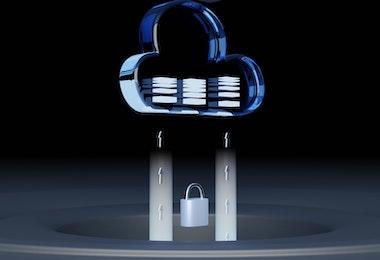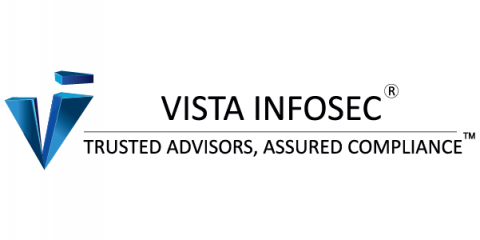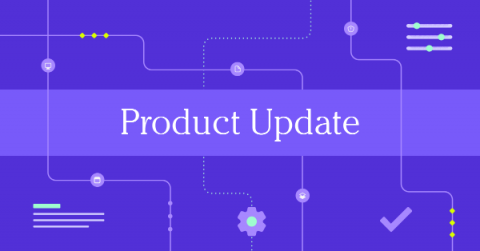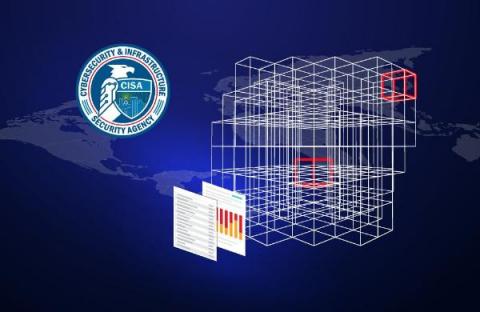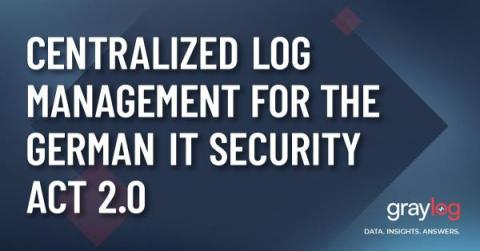Compliance for SMEs: What you need to know
For ensuring compliance in your business practises, it is worth noting that it is just as common (if not more common) for bad actors to target small businesses and small-to-medium-sized enterprises (SMEs). A website can easily get hacked, an email account can be compromised, and sensitive information may even be stolen by employees. These are just a few common examples of how data can be breached.


